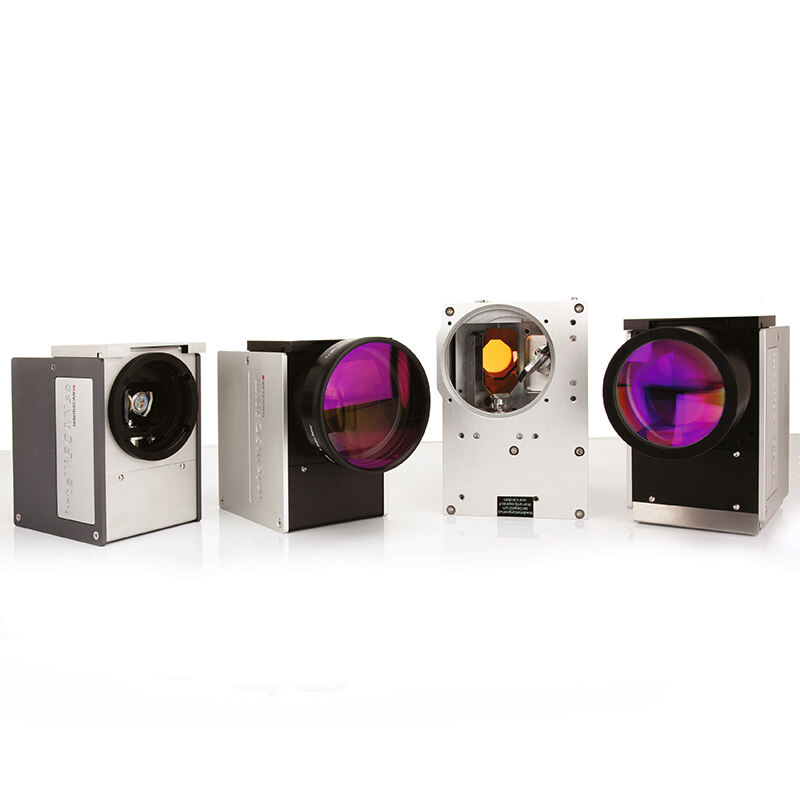Understanding the Revolutionary Impact of Laser Drilling Technology
The advancement of laser drilling has transformed manufacturing processes across numerous industries. This sophisticated technology utilizes concentrated beams of light to create precise holes and features in various materials with unprecedented accuracy. From aerospace components to medical devices, laser drilling continues to push the boundaries of what's possible in modern manufacturing.
The versatility of laser drilling technology lies in its ability to process an extensive range of materials with exceptional precision and repeatability. Unlike conventional drilling methods, laser systems can create microscopic holes with minimal thermal impact on surrounding areas, making them ideal for sensitive applications where material integrity is crucial.
Metal Processing Applications in Laser Drilling
Precision Engineering with Ferrous Metals
Steel and iron alloys represent some of the most commonly processed materials in laser drilling applications. The technology excels at creating precise holes in tool steel, stainless steel, and various other ferrous metals. These materials are particularly important in automotive manufacturing, where laser drilling enables the production of fuel injection nozzles with microscopic precision.
The ability to drill through hardened steel without mechanical contact makes laser drilling particularly valuable for working with high-strength materials. This contactless process eliminates tool wear and can achieve hole diameters as small as a few micrometers, something practically impossible with traditional drilling methods.
Non-Ferrous Metal Applications
Aluminum, copper, titanium, and their alloys are frequently processed using laser drilling technology. The aerospace industry heavily relies on this capability for creating cooling holes in turbine blades and other critical components. The precision of laser drilling ensures consistent hole size and spacing, crucial for maintaining optimal airflow and heat distribution in these demanding applications.
Precious metals like gold and platinum can also be efficiently processed using laser drilling, making it valuable for jewelry manufacturing and electronic component production. The technology's ability to create clean, precise holes without material waste is particularly beneficial when working with these expensive materials.
Ceramic and Glass Material Processing
Advanced Ceramic Applications
Laser drilling has revolutionized the processing of ceramic materials, which are traditionally difficult to machine using conventional methods. Technical ceramics used in electronic components, medical devices, and aerospace applications can be precisely drilled without the risk of cracking or chipping that often occurs with mechanical drilling.
The technology's ability to create clean, precise holes in ceramics has enabled the development of advanced filtration systems, semiconductor components, and various medical implants. The non-contact nature of laser drilling prevents the formation of micro-cracks that could compromise the material's integrity.
Glass Processing Capabilities
Both traditional and specialized glasses can be effectively processed using laser drilling technology. From creating precise holes in smartphone screen protectors to manufacturing complex microfluidic devices, the applications are diverse and growing. The ability to drill glass without thermal shock or mechanical stress has opened new possibilities in optical device manufacturing.
Recent advances in laser drilling systems have made it possible to process even the most challenging glass materials, including chemically strengthened glass and glass-ceramics. This capability is particularly valuable in the production of advanced display technologies and scientific instruments.
Polymer and Composite Material Applications
Engineering Plastics Processing
Modern laser drilling systems excel at processing a wide range of polymers, from common thermoplastics to high-performance engineering plastics. The technology can create precise holes without melting or distorting the surrounding material, making it ideal for manufacturing medical devices, electronic components, and automotive parts.
The ability to process heat-sensitive materials without degradation has made laser drilling essential in the production of microfluidic devices and bio-compatible medical components. The process ensures consistent quality and maintains the material's original properties.
Advanced Composite Materials
Carbon fiber reinforced polymers (CFRP) and other composite materials present unique challenges that laser drilling is particularly well-suited to address. The technology can cleanly cut through multiple layers without delamination or fiber breakout, maintaining the structural integrity of these sophisticated materials.
The aerospace industry extensively uses laser drilling for processing composite components, where precise hole placement and quality are critical for structural performance. The technology's ability to process these materials without mechanical stress or thermal damage has made it indispensable in modern aircraft manufacturing.
Frequently Asked Questions
What is the smallest hole size possible with laser drilling?
The minimum hole size achievable with laser drilling typically ranges from 10 to 100 micrometers, depending on the material and laser system used. Some specialized systems can achieve even smaller diameters, down to a few micrometers, making them suitable for micro-manufacturing applications.
Can laser drilling process multiple layers of different materials simultaneously?
Yes, laser drilling can effectively process multiple layers of different materials in a single operation. However, the process parameters must be carefully optimized to account for the different material properties and ensure consistent quality through all layers.
How does the speed of laser drilling compare to conventional drilling methods?
Laser drilling can be significantly faster than conventional drilling methods, especially for small hole diameters and in batch processing applications. Modern systems can achieve drilling speeds of thousands of holes per second, making them highly efficient for high-volume production.
What factors affect the quality of laser-drilled holes?
Several factors influence the quality of laser-drilled holes, including laser power, pulse duration, wavelength, and material properties. Environmental conditions, beam focusing, and processing parameters must be carefully controlled to achieve optimal results and maintain consistent hole quality.
 EN
EN
 AR
AR
 FR
FR
 DE
DE
 JA
JA
 KO
KO
 RU
RU
 ES
ES


